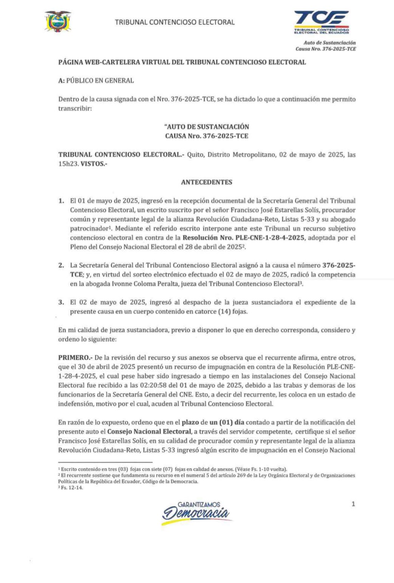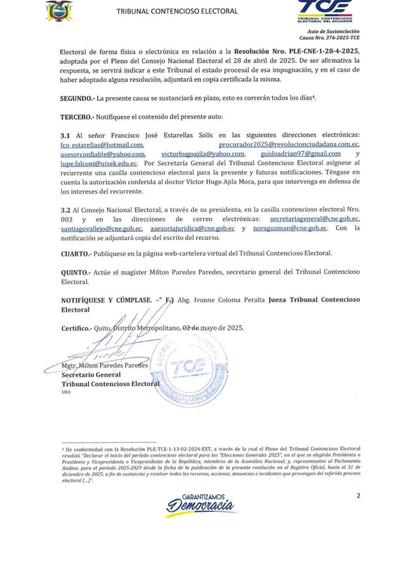#DryCleaning chemical may be invisible #Parkinson’s cause
March 15th, 2023 Posted by Mark Michaud-Rochester
"For the past 100 years, #trichloroethylene (#TCE) has been used to decaffeinate coffee, degrease metal, and dry clean clothes. It contaminates the Marine Corps base Camp Lejeune, 15 toxic Superfund sites in Silicon Valley, and up to one-third of groundwater in the US.
TCE causes cancer, is linked to miscarriages and congenital heart disease, and is associated with a 500% increased risk of Parkinson’s disease.
In a hypothesis paper in the Journal of Parkinson’s Disease, researchers, including University of Rochester Medical Center neurologists Ray Dorsey, Ruth Schneider, and Karl Kieburtz, postulate that TCE may be an invisible cause of Parkinson’s. They detail the widespread use of the chemical, the evidence linking the toxicant to Parkinson’s, and profile seven individuals, including a former NBA basketball player, a Navy captain, and a late US Senator, who developed Parkinson’s disease either after likely working with the chemical or being exposed to it in the environment.
Massive TCE contamination
TCE was a widely used solvent used in a number of industrial, consumer, military, and medical applications, including to remove paint, correct typewriting mistakes, clean engines, and anesthetize patients.
Its use in the US peaked in the 1970s, when more than 600 million pounds of the chemical—or two pounds per American—were manufactured annually. Some 10 million Americans worked with the chemical or other similar industrial solvents. While domestic use has since fallen, TCE is still used for degreasing metal and spot dry cleaning in the US.
TCE contaminates countless sites across the country. Half of the most toxic Environmental Protection Agency’s (#EPA) #Superfund sites contain TCE. Fifteen sites are in #California’s #SiliconValley where the chemicals were used to clean electronics and computer chips. TCE is found in numerous military bases, including #CampLejeune in North Carolina. From the 1950s to the 1980s a million Marines, their families, and civilians that worked or resided at the base were exposed to drinking water levels of TCE and #perchloroethylene (#PCE), a close chemical cousin, that were up to 280 times above what is considered safe levels.
Soil, water, and air
The connection between TCE and Parkinson’s was first hinted at in case studies more than 50 years ago. In the intervening years, research in mice and rats has shown that TCE readily enters the brain and body tissue and at high doses damages the energy-producing parts of cells known as mitochondria. In animal studies, TCE causes selective loss of dopamine-producing nerve cells, a hallmark of Parkinson’s disease in humans.
Individuals who worked directly with TCE have an elevated risk of developing Parkinson’s. However, the authors warn that 'millions more encounter the chemical unknowingly through outdoor air, contaminated groundwater, and indoor air pollution.'
The chemical can contaminate soil and groundwater leading to underground rivers, or plumes, that can extend over long distances and migrate over time. One such plume associated with an aerospace company on Long Island, New York, is over four miles long and two miles wide, and has contaminated the drinking water of thousands. Others are found everywhere from Shanghai, China to Newport Beach, California.
Beyond their risks to water, the volatile TCE can readily evaporate and enter people’s homes, schools, and workplaces, often undetected. Today, this vapor intrusion is likely exposing millions who live, learn, and work near former dry cleaning, military, and industrial sites to toxic indoor air. Vapor intrusion was first reported in the 1980s when radon was found to evaporate from soil and enter homes and increase the risk of lung cancer. Today millions of homes are tested for radon, but few are for the cancer-causing TCE."
#WaterIsLife #Toxic #Chemicals #Pollution #EPAFail
Read more:
https://www.futurity.org/parkinsons-disease-trichloroethylene-tce-2890562-2/




